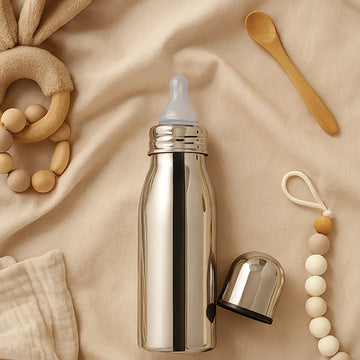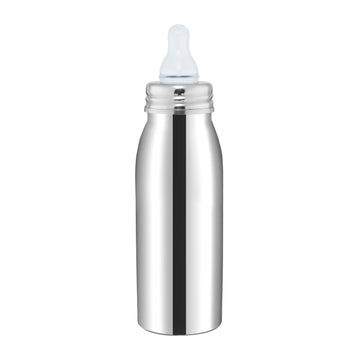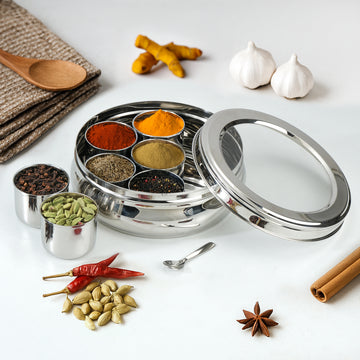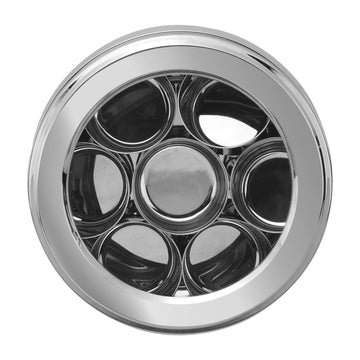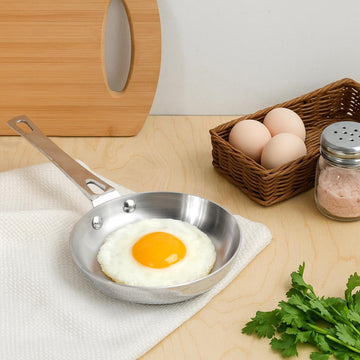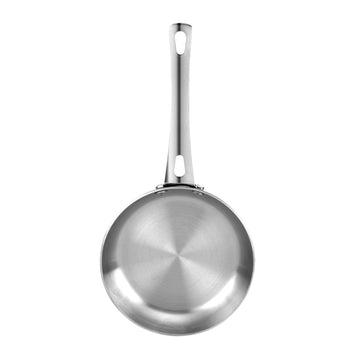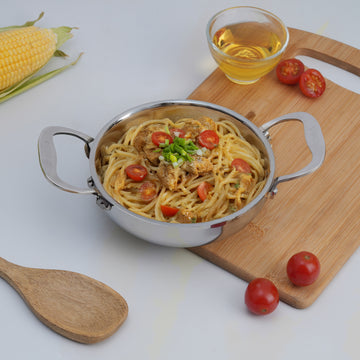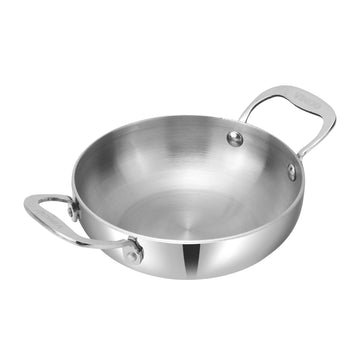How do Pressure Cookers Work?
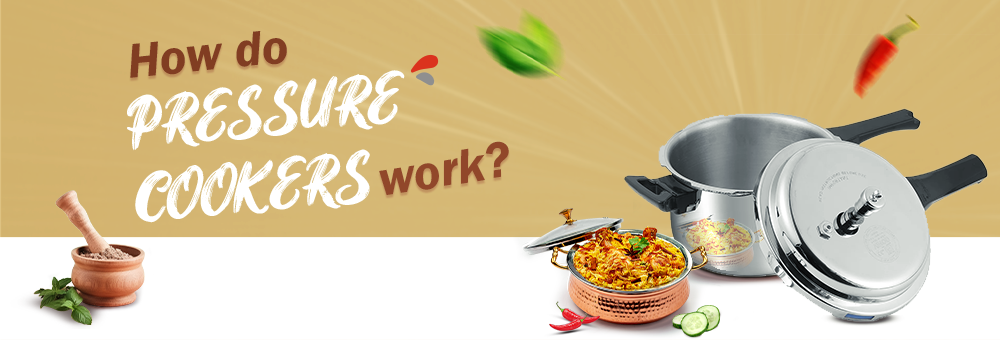
Pressure cookers have become a popular kitchen appliance in recent years. With their ability to cook food faster while retaining nutrients and flavors, pressure cookers have become indispensable in kitchens worldwide. But have you ever wondered how these marvels of modern technology actually work? Let's delve into the science behind pressure cookers, exploring their mechanisms and benefits.
What is a Pressure Cooker?
A pressure cooker is a sealed pot with a valve that controls the steam pressure inside. It uses high pressure and steam to cook food quickly, reducing cooking time considerably. This makes it a great tool for busy individuals who want to prepare meals in a fraction of the time it would take with traditional cooking methods.
How Do Pressure Cookers Work?
Pressure cookers operate on a simple yet ingenious principle: they utilize steam pressure to raise the boiling point of water, thus cooking food more rapidly than traditional methods. In other words, the basic principle behind a pressure cooker is: trapped steam creates pressure, which raises the boiling point of water and allows food to cook faster. The basic components of a pressure cooker include a sturdy pot with a tightly sealed lid, a pressure regulator, and safety features to prevent excess pressure buildup.
Here's a breakdown of the mechanics of a pressure cooker:
- The pot is filled with a small amount of liquid, usually water or broth.
- The lid is sealed tightly, creating a closed environment.
- The pot is heated on the stove, causing the liquid to boil and produce steam.
- As the steam builds up, it increases the pressure inside the pot.
- The higher pressure raises the boiling point of the liquid, allowing food to cook at a higher temperature.
- The pressure is released through a valve, which can be manually controlled to regulate the pressure inside the pot.
This rise in pressure has two significant effects on the cooking process. Firstly, it raises the boiling point of the liquid inside the pot. Under normal atmospheric pressure, water boils at 100 degrees Celsius (212 degrees Fahrenheit). However, in a pressure cooker, the increased pressure can raise the boiling point to as high as 120-125 degrees Celsius (248-257 degrees Fahrenheit). This elevated temperature cooks food much faster than traditional methods.
Secondly, the heightened pressure forces moisture into the food, resulting in quicker and more thorough cooking. This process also helps to tenderize tough cuts of meat and infuse flavors deeply into the ingredients.
The pressure regulator plays a vital role in maintaining the optimal pressure level inside the cooker. It consists of a weighted valve or a spring-loaded mechanism that releases excess steam to regulate the pressure. This ensures that the pressure cooker operates within safe limits and prevents the buildup of excessive pressure that could pose a risk.
Despite their popularity, there are still some misconceptions about pressure cookers. Many people are afraid of using pressure cookers because they believe they are dangerous. While it's true that pressure cookers use high pressure and heat, they are designed with safety features to prevent accidents. Keeping in mind safety and reliability, we at Vinod Cookware strive to manufacture advanced kitchenware products. Apart from a pressure selector, and non-destructive safety valve, Vinod Cookware’s Nutrimax Pressure Cooker is designed with cutting-edge features such as –
- Maximum Nutrient Retention Technology: This technology allows fast cooking and superfast cooking methods. Fast Cooking involves cooking food at low pressure but in time-efficient manner and maximum nutrition retention. The latter involves cooking food at regular pressure for traditional superfast cooking.
- Smart Lock: Easy smart switch lock system allows you to open and lock your cooker lid with ease.
- Single-Whistle Technology: Enables energy-efficient cooking by releasing smaller amounts of steam continuously while retaining optimum internal pressure.
- Gasket Safety Release System: In the rare event that both the above safety features fail the GSRS will activate bringing the pressure down safely.
Now that you understand the mechanics of pressure cookers and the benefits they offer, it's time to add one to your kitchen arsenal. With their ability to cook food quickly, retain nutrients, and save energy, pressure cookers are a must-have for any home cook. So why not give it a try and see the difference it can make in your cooking?


